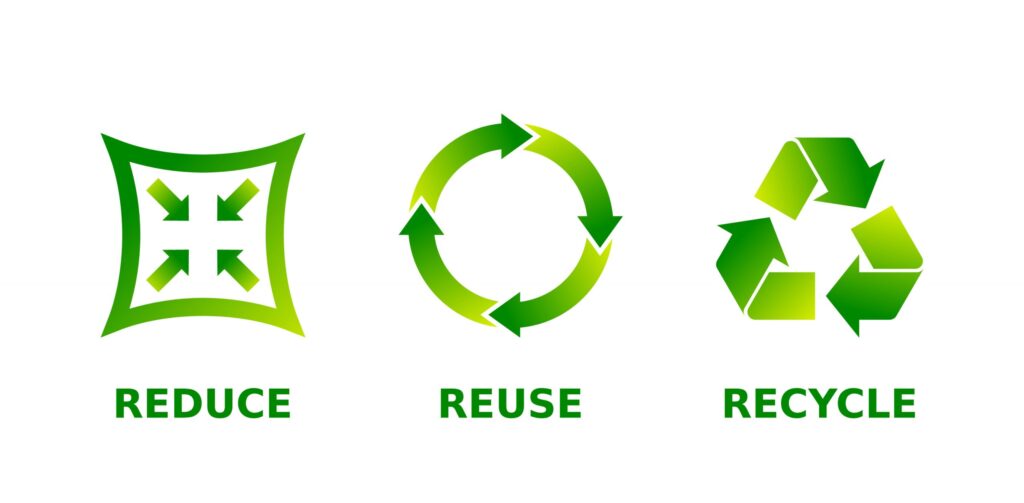In a world of convenience and consumerism, household waste has become an ever-growing problem. From overflowing landfills to plastic-clogged oceans, the consequences of our throwaway culture are impossible to ignore. Fortunately, reducing waste at home doesn’t require a complete lifestyle overhaul—just a series of practical steps that anyone can implement. Whether you’re just starting your self-reliance journey or looking to deepen your commitment to sustainability, this guide offers realistic strategies to minimize your household waste.
Why Reducing Waste Matters
Every item we throw away represents more than just a piece of trash—it’s the sum of the resources, energy, and labor it took to create, transport, and dispose of it. Reducing waste helps:
- Conserve natural resources
- Reduce pollution
- Save money
- Foster self-reliance and intentional living
The average American produces 4.9 pounds of trash per day, according to the EPA. With mindful habits, we can shrink that number significantly.
1. Conduct a Home Waste Audit
Before you can reduce waste, you need to understand where it’s coming from. Spend a week tracking everything that goes into your trash and recycling bins. Categorize the waste: food scraps, packaging, paper, single-use items, etc.
Tip: Use a simple spreadsheet or a pen-and-paper tally. This step reveals your biggest waste streams and highlights opportunities for improvement.
2. Cut Down on Single-Use Plastics
Plastic is one of the most persistent forms of waste. While recycling helps, only about 9% of plastic is ever actually recycled.
Simple substitutions:
- Bring reusable shopping bags and produce bags
- Use stainless steel or glass water bottles
- Switch to beeswax wraps instead of plastic wrap
- Carry reusable utensils and straws when on the go
Bonus: Many of these swaps save money over time.
3. Buy in Bulk and Avoid Packaging

Packaging accounts for about 30% of total household waste. Bulk buying not only reduces packaging waste but often saves money.
How to do it:
- Shop at bulk bins for grains, beans, nuts, and snacks
- Bring your own containers or cloth bags
- Choose products with minimal or recyclable packaging
- Make pantry staples like granola, yogurt, and bread from scratch
4. Compost Food and Yard Waste

Food waste is a major contributor to landfill methane emissions. Composting turns this “waste” into rich, usable soil.
Composting options:
- Outdoor compost pile or bin
- Indoor worm composting (vermicomposting)
- Bokashi fermentation system (great for small spaces)
Even apartment dwellers can compost with the right setup.
5. Repair, Repurpose, and Reuse
The most self-reliant households learn to fix what’s broken and find new uses for old items.

Ideas:
- Sew patches on torn clothing or turn them into rags
- Repurpose glass jars for food storage or DIY projects
- Fix broken furniture instead of replacing it
- Use old towels as cleaning cloths
These habits promote creativity and reduce dependency on consumer goods.
6. Start a Zero-Waste Pantry
A zero-waste pantry isn’t about perfection—it’s about reducing packaging, waste, and processed ingredients.
Steps to build one:
- Store bulk ingredients in glass jars or tins
- Make staples like spice blends, nut butters, and broth from scratch
- Avoid individually packaged snacks
- Label everything with contents and expiration dates
7. Recycle Smarter
While reducing and reusing are preferable, recycling still plays a role—if done correctly.
Best practices:
- Rinse recyclables to prevent contamination
- Learn your local recycling guidelines (they vary widely)
- Avoid “wishcycling” (tossing non-recyclables in the bin hoping they’ll be recycled)
- Recycle batteries, electronics, and light bulbs at designated drop-off points
8. Switch to Reusables in the Bathroom and Kitchen
These areas are often waste-heavy. Try:
- Cloth napkins and kitchen towels instead of paper products
- Refillable soap and cleaning solution dispensers
- Safety razors and bamboo toothbrushes
- Reusable kitchen scrub pads
These small swaps reduce both waste and grocery bills.

9. Buy Less, Choose Better
Intentional purchasing is at the heart of waste reduction. Before buying something new, ask:
- Do I really need this?
- Can I borrow, rent, or buy it secondhand?
- Will this item last a long time?
- Is it repairable or recyclable?
Minimalism and self-reliance often go hand in hand.
10. Share, Donate, and Swap

Decluttering doesn’t have to mean tossing things out.
Alternatives to trash:
- Organize clothing or book swaps with neighbors
- List usable items on Buy Nothing groups or Freecycle
- Donate to local shelters, food banks, or schools
- Lend infrequently used tools or appliances to others
Sharing builds community and prevents waste.
Final Thoughts
Reducing household waste isn’t about being perfect—it’s about making conscious choices. Each small change adds up to a significant impact over time. By applying these practical steps, you’ll not only produce less waste but also live a more self-reliant, intentional life.
Start where you are. Take one step this week. Then another. In time, these small habits become second nature—and your trash can gets emptier.
Resources Referenced
- U.S. Environmental Protection Agency (EPA): Facts and Figures about Materials, Waste and Recycling
- Earth Day Organization: Plastic Pollution Primer
- NRDC: Composting at Home Guide
- Zero Waste Home by Bea Johnson
- The Story of Stuff Project: https://www.storyofstuff.org
- Buy Nothing Project: https://buynothingproject.org
- Penn State Extension: Composting for the Home Gardener

